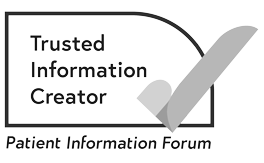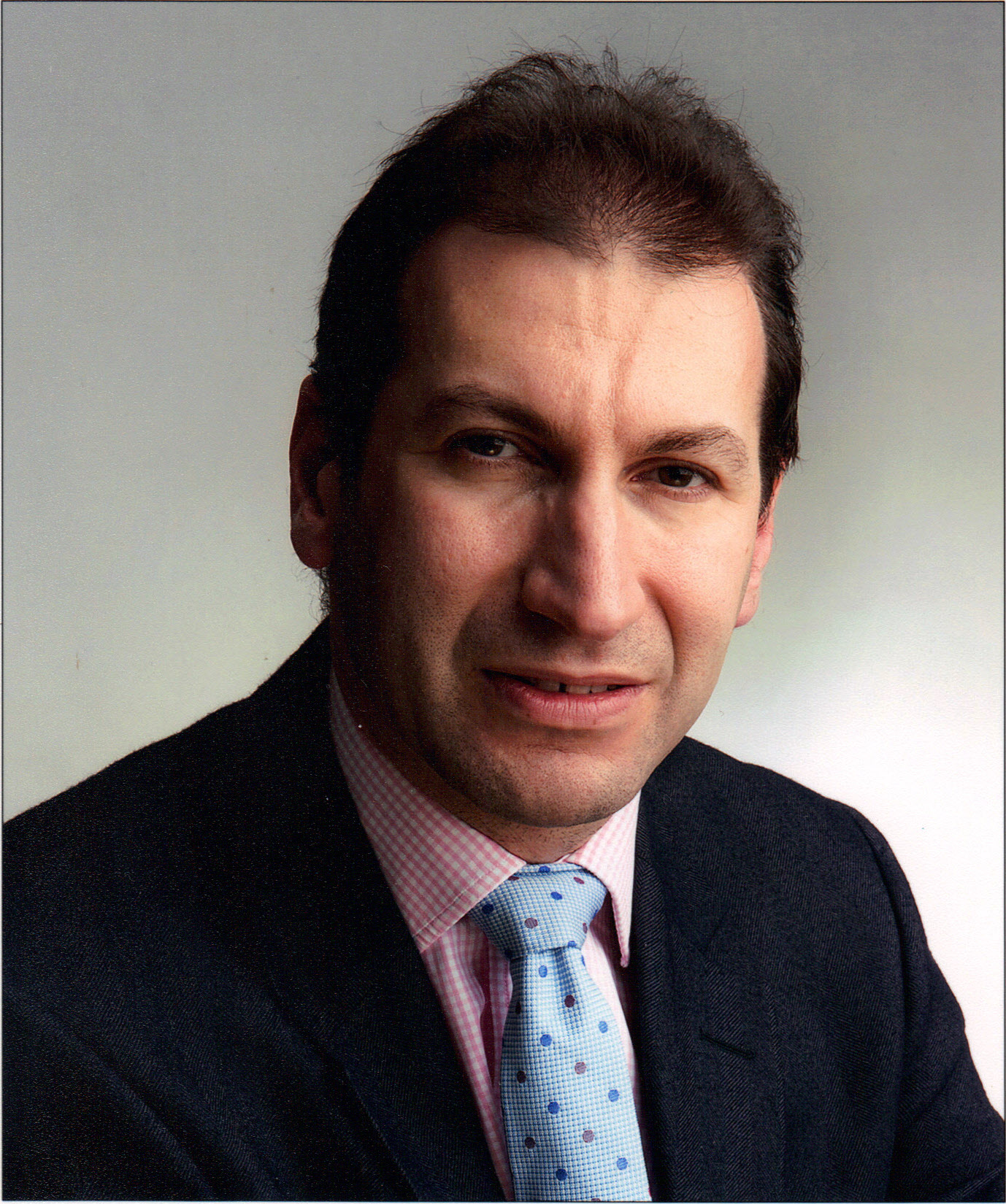Jaundice
Jaundice happens when your bile duct is blocked. This may be caused by cancer. You may need treatment for the blockage or the jaundice.
What is jaundice?
Jaundice usually happens when a bile duct becomes blocked by the cancer. Bile ducts are small tubes that drain bile out of the liver and into the small bowel. Bile is a yellow fluid made by the liver. It helps break down fats so the body can absorb them. Bile is stored in the gallbladder before going to the small bowel when it is needed.
If a bile duct becomes blocked, bile cannot drain normally. It builds up in the liver and flows back into the blood. This causes the symptoms of jaundice, such as yellow skin and eyes.
The liver and surrounding organs
What causes jaundice?
The following cancers can cause a blocked bile duct:
- bile duct cancer (cholangiocarcinoma)
- gallbladder cancer
- pancreatic cancer
- cancer that starts in the liver (primary liver cancer)
- cancer that spreads to the liver (secondary liver cancer)
- a neuroendocrine tumour (NET) called somatostatinoma.
Jaundice can also be caused by non-cancerous conditions.
Symptoms of jaundice
If you have jaundice, you usually have some of these symptoms:
- yellow skin and yellow whites of the eyes
- itchy skin – caused by a build-up of bile salts in the skin
- dark-yellow pee (urine)
- pale and smelly poo (stool) that is difficult to flush away
- pain in the tummy (abdomen).
If you have black or brown skin, it can be harder to notice yellowing of the skin. You might notice yellowing of the whites of your eyes or a change in the colour of your urine first.
Tips for managing symptoms of jaundice
Treatment for jaundice will improve your symptoms, but this may take a while. Itchy skin can be difficult to cope with. The following things might help:
- taking medicines such as antihistamines, which your doctor might prescribe or advise you to buy from a pharmacy
- having a lukewarm or cool daily shower to wash off the bile salts
- using soap-free cleansers to avoid drying your skin
- moisturising your skin regularly, especially after a shower
- avoiding getting too hot, as this can make itching worse.
Tests for jaundice
You usually have tests to find the cause of the jaundice and to diagnose a blockage of the bile ducts. These tests include:
- blood tests
- an ultrasound
- a CT scan
- an MRI scan.
Treatment of jaundice
If you have jaundice because cancer has blocked a bile duct, you may have treatment to:
- unblock the bile duct
- bypass the blockage
- improve your symptoms.
Bile duct stents
A stent is a small plastic or metal tube that is placed into blocked bile ducts. This unblocks the bile duct. Bile then drains into the small bowel. This will relieve the symptoms of jaundice and any pain caused by the blockage. Doctors can use different procedures to put a stent into the blocked bile duct. The stent is usually permanent.
Your doctor or nurse will explain the procedure you will have. You will be given information from the hospital about how to prepare and what to expect. Your doctor will talk to you about the possible side effects or risks.
ERCP (endoscopic retrograde cholangiopancreatography)
You usually have an ERCP to put a stent into the bile duct. Before this procedure, you will be given painkillers and drugs to make you feel drowsy.
The doctor passes a thin, flexible tube (endoscope) with a light and camera at the end through your mouth. It goes into the stomach and the first part of the small bowel (the duodenum). They pass the stent through the endoscope into the bile duct, to open the blockage.
We have more information about ERCP.
PTC (percutaneous transhepatic cholangiogram)
If an ERCP is not possible, the stent can be put directly into the tummy area (abdomen). This procedure is called a PTC. The doctor passes a long, thin needle into the liver or bile duct. They use x-ray or ultrasound images to help guide the needle to the blockage. They pass a stent along this wire. This holds the bile duct open.
We have more information about PTC.
EUS (endoscopic ultrasound)-guided biliary drainage
You may have this procedure if it is not possible to reach the bile duct using an ERCP. Some people might need to have a general anaesthetic.
The doctor passes a thin, flexible tube into the stomach. The tube has an ultrasound probe at the end. The doctor makes a join between the bile duct and the stomach, using the ultrasound to guide them. They place a special stent into the join to keep it open. This allows the bile to drain into the stomach.
Bypass surgery
If a stent is unsuccessful, or not possible, you might be able to have surgery to bypass the blockage. The surgeon will make a cut in the bile duct (or sometimes the gallbladder), just above the blockage. They will then connect the cut to the small bowel.
This bypasses the blocked part of the bile duct. The bile can then flow from the liver into the bowel. This can reduce the symptoms of jaundice. In some hospitals, the surgeon may do this procedure using keyhole surgery (laparoscopy).
About our information
This information has been written, revised and edited by Macmillan Cancer Support’s Cancer Information Development team. It has been reviewed by expert medical and health professionals and people living with cancer.
-
References
Below is a sample of the sources used in our jaundice information. If you would like more information about the sources we use, please contact us at informationproductionteam@macmillan.org.uk
Staroń R, et al Unresectable malignant obstructive jaundice: a 2-year experience of EUS-guided biliary drainage. British Medical Supportive & Palliative Care. 2021; 0:1–4. www.doi.org/10.1136/bmjspcare-2020-002335 [accessed April 2023].
Vogel A, Cervantes A, Chau I, Daniele B, Llovet JM, Meyer T, et al. Hepatocellular carcinoma: ESMO Clinical Practice Guidelines for diagnosis, treatment and follow-up. Annals of Oncology. 2018;29(4): 238–255. Available from: www.doi.org/10.1093/annonc/mdy308 [accessed April 2023].
Date reviewed

Our cancer information meets the PIF TICK quality mark.
This means it is easy to use, up-to-date and based on the latest evidence. Learn more about how we produce our information.
The language we use
We want everyone affected by cancer to feel our information is written for them.
We want our information to be as clear as possible. To do this, we try to:
- use plain English
- explain medical words
- use short sentences
- use illustrations to explain text
- structure the information clearly
- make sure important points are clear.
We use gender-inclusive language and talk to our readers as ‘you’ so that everyone feels included. Where clinically necessary we use the terms ‘men’ and ‘women’ or ‘male’ and ‘female’. For example, we do so when talking about parts of the body or mentioning statistics or research about who is affected.
You can read more about how we produce our information here.





